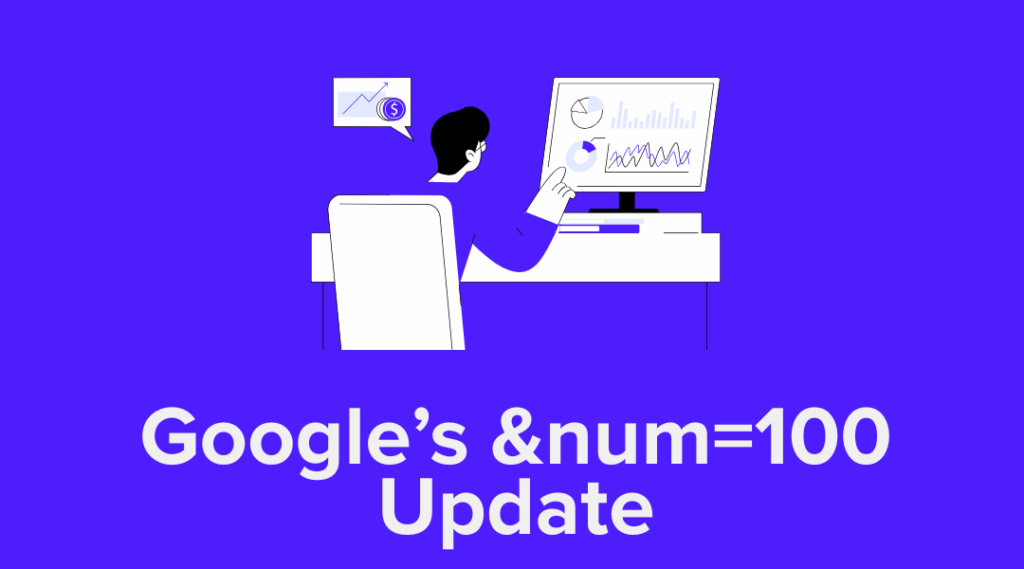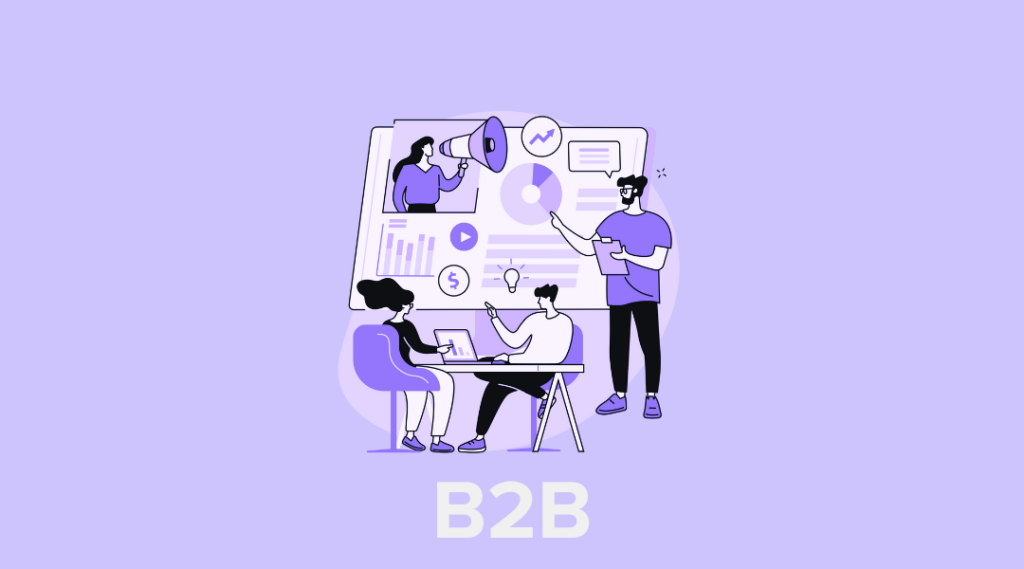Summary:
From SERP visibility to multi-channel reach, strategic visuals can drive more traffic, expand your channels, boost engagement, and support conversions by winning over SERP features and providing multiple avenues of use. Stock photos will never be able to offer that unique value.
By the time you publish content on your site, you’ve poured hours into researching, outlining, and developing copy that’s airtight and optimized. You drop in the text, add the meta description, and hover over the publish button. Oh, wait. You need a featured image. A quick search and a couple scrolls on your go-to stock image website, and you can throw in an image and get back to publishing the actual content, which is what really matters in SEO, right?
Wrong. The rise of image packs in SERP results tells a very different story.
The visual component of your content is a team player, not a water boy. In other words, visuals should be a key factor, not an afterthought. They affect your site’s rankings, your CTR, and how your text is perceived by users.
Stock photos are an easy resource: they’re generic, have fantastic lighting, and usually feature a flawless notepad or diverse group of engaged and pleasant people. But stock photos cannot convey the unique value you’ve developed in your post. They blend into the sea of similar visuals, and they risk alienating your audience from the value your content offers before readers really give it a shot.
Unique visuals, including photos, graphics, and illustrations, can drive more traffic, expand your channels, boost engagement, and support conversions by winning over SERP features and providing multiple avenues of use. It’s time to pull unique visuals from the bench and put them in the game. In this article, we’ll walk through why they should be optimized and how to create effective visuals for your site.
Why unique visuals outperform stock photos
Stock photos are everywhere, and users are quick to spot them. They can dilute your message, weaken trust, and fail to reflect the original value your content delivers. If your goal is to stand out in search and connect with real users, your visuals need to pull their weight.
Stock photos can disappoint users and drop your CTR
Because users want relevance, uniqueness, and value, Google will attempt to provide users with surface results that reflect those qualities in both copy and visuals. A stock photo may be relevant, but it will never be unique and isn’t likely to add true value.
Note this photo from a free stock photo website:

Fantastic lighting, flawless notepad, easy pick. A quick Google Image Search, and we see that a few writers thought the same thing for their blog posts.

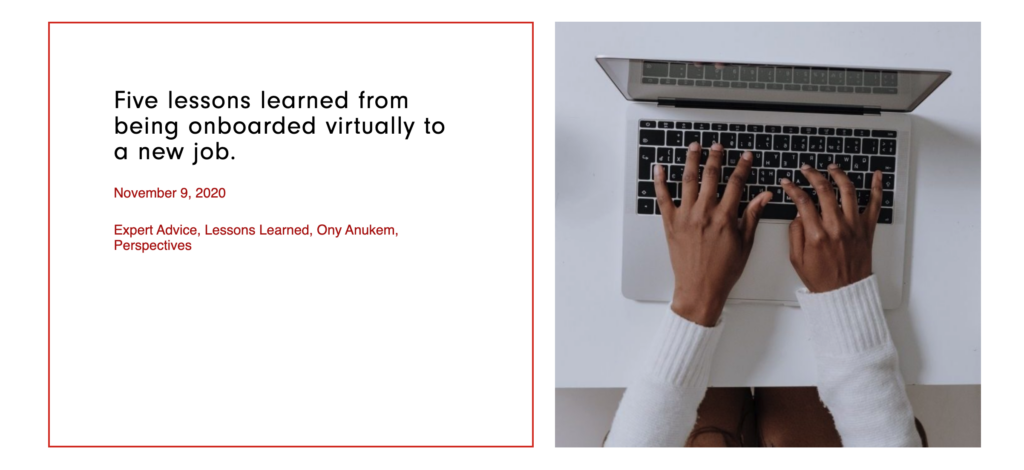
While a stock photo provides a pleasant and professional aesthetic, it doesn’t offer your users any unique value—and Google knows that. If your optimized copy has earned a top spot on Google but your stock photo hasn’t, Google can present an AI overview or featured snippet constructed of a forced marriage between your written content and someone else’s unique image.
It’s the reality of the SERP: another site’s stand-out visual can earn a user’s click before they even notice your content’s source, meaning your hard-earned clicks are getting hijacked by another company with better image SEO. SERP competition is fiercer than it's ever been, and users' attentions are increasingly difficult to capture. Don’t risk losing a coveted click-through to a website with flashier, customized visuals.
Unique visuals give advantages to both ecommerce and B2B
Unique visuals serve a purpose across different types of businesses. In both ecommerce and B2B, intentional images support clarity, build trust, and guide users through quality content.
Ecommerce sites can win users over with accurate, flattering, and real-world depictions of their products, projecting a future in which your customers can see themselves and providing answers to questions before they’re even asked.
B2B sites can vault your audience over a knowledge barrier by using relevant visuals to illustrate complicated verbal concepts; not to mention capture the attention of visual learners who make up 65% of the population and learn from visual reinforcements (AKA, images).
But images don’t only help users learn, they help search engines learn, too. Images contribute to Google’s understanding of your written content, leading to a higher potential of being featured for relevant queries.
Are stock photos better than nothing?
It depends, but generally, no. A well-chosen stock photo can give your content some visual life for your users, but it’s not a ranking advantage in Google’s eyes and the lack of a unique visual could pose a risk to its estimation of your authority on the topic. You’re far better off being just as strategic with your visuals as you are with your copy.
How to make visuals that help drive traffic
Images can earn clicks, build trust, and support rankings, but only if they’re created and placed with purpose. If you want your visuals to do more than just showcase your brand colors, you need to build them into your SEO process from the start. That means planning with intent, aligning your images with search behavior, and making sure they deliver value to both users and search engines.
Plan high-impact visuals
Search engines process images based on context, data, and relevance, not aesthetics. To make your visuals work harder, you need to structure them the way search engines read them. That starts with understanding what the SERP is signaling, then building your images to answer real user needs in a way that adds clarity and substance.
- Pay special attention to the SERP results in the planning stage of your content process. An image pack at the top of the page is a strong indicator that unique visuals would be an SEO advantage.
- Think about search intent the same way you do for keywords by asking yourself what the user needs to get from a visual. Does your image need to be informative? Persuasive? Determine the likely reason for the search and you know what to provide.
- Simplify complex ideas into visuals that clarify meaning for both the user and the search engine.
- Look for opportunities to add unique value by analyzing the SERP. What’s missing from the results? What kind of image would stand out informationally and visually?
- Optimize the data and run a checklist to choose a strategic file name, alt text, size, and format.
Each image on your site should be optimized with the same level of attention you give your headlines or metadata because it’s all part of how search engines evaluate and rank your content.
How to write image names and alt text for SEO
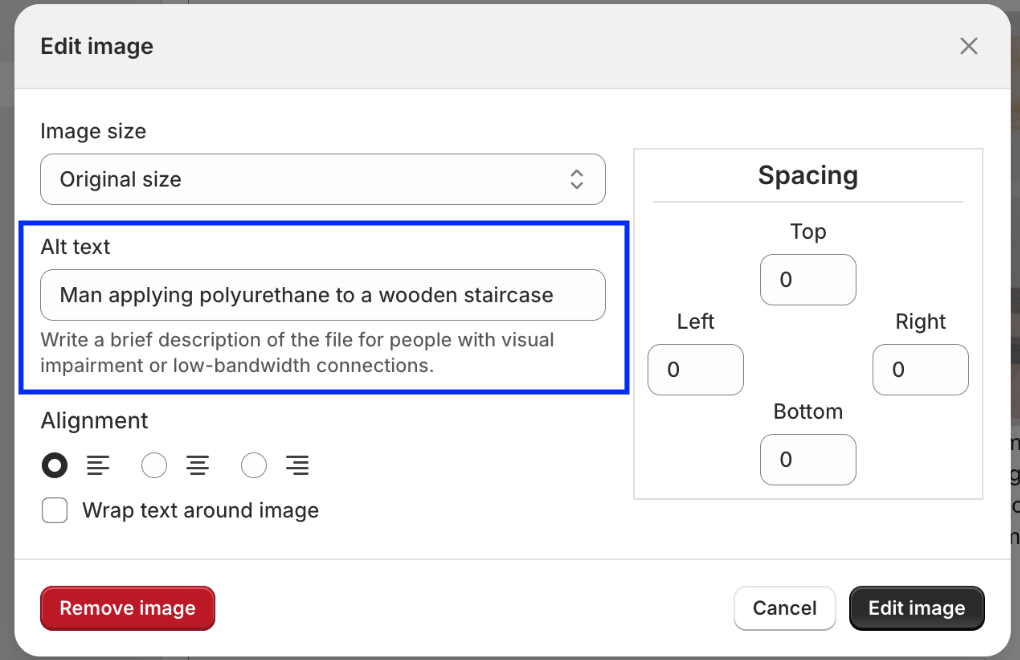
An image name is the file name that users see if they hover on an image or are able to download an image. As such, an image name should be professional and descriptive. If you anticipate multiple users downloading the image, consider adding your company name.
Alternative text, or alt text, replaces an image when it does not show or cannot be seen by individuals who are visually impaired and using a screen reader. Alt text should give a simple description of what is in the photo using the keywords relevant to your post. Alt text is primarily an accessibility tool, but it can also be a potential keyword opportunity. While Google is not dependent on alt text to understand the image, it can use the alt text to better comprehend its connection to your text and evaluate its placement in a SERP feature.
Match the visual to the message
Two primary reasons for choosing a unique visual instead of a stock photo are to amplify and clarify the message in your written content. There’s no guarantee that your image will perform better than a stock photo if it does not achieve one or both of those goals. To create a valuable visual, tailor your imagery to your content, including custom data visualizations, infographics, product visuals, and comparisons.
- Data visualizations, such as graphs, pie charts, and bar charts, as well as interactive dashboards, are especially effective for clarifying B2B content that provides multiple forms of analytical or strategic information.
- Infographics that walk through a process or illustrate step-by-step instructions can resolve the ambiguity of written instructions or descriptions.
- Product visuals, including info charts, sizing guides, and in-context or lifestyle photos, appeal to customers searching for information or inspiration on an ecommerce site.
- Visual comparisons between products are excellent bottom-of-funnel (BoFu) visuals to drive conversions by enabling users to confidently make their final purchasing decision.
The visuals you pair with your copy may be the only elements a user notices as they scan your site. Creating an eye-catching visual that clarifies and amplifies your written content compels an audience to learn more and linger longer.
Make your image stand out
The key to standing out is knowing what is already present on the SERP. Once you do your research, you have a starting point to know what unique value you can offer.
Be bold by using vibrant colors, strong contrasts, and creative compositions. Use wording or titles that make users interested in reading more. Rethink your industry’s cookie-cutter template and brand your visuals so they grab your audience’s attention with something that piques their curiosity.
Be disruptive by breaking up the visual landscape on the SERP. Don’t copy your neighbor’s visual; do something that contrasts with it. Have your model face a different direction, use a black background in a field of white—whatever you can do to win the click with ingenuity.
Zoom out: If you’re finding yourself overthinking how to create a bigger and brighter visual in a busy field of loud graphics, don’t forget that simpler can be better, too. If you can’t figure out how to cram more information into your visual than your competitor, maybe the key is to fit less. Accomplish more in fewer words. Reorganize the chart to approach from a new angle. Show instead of describe. In other words, there’s more than one way to stand out in a room of deafening marketers, and sometimes that’s to sit down.
Don’t rely on gimmicks or the status quo
To optimize your image SEO, evaluate whether every image you add earns its place in your content. If not, it’s worth the extra effort to create something that does by avoiding the design ruts you see on the SERP. That’s how you stop losing clicks to louder visuals and start turning your images into traffic drivers.
Here are some tips:
- Not every visual needs text. Last we checked, a picture is still worth a thousand words.
- Hero images are not your only opportunity, or even your best one. Place value-driven visuals in the body of your content.
- AI-generated graphics can (and usually do) contain spelling errors and brand misalignment issues, so make sure you’re triple-checking accuracy if you use AI.
The best SEO visuals don’t just decorate your content; they work as strategic assets that clarify, differentiate, and attract. When you treat your images like part of the content, not just filler between paragraphs, you build a stronger case for both users and search engines to boost your site.
How to create effective visuals without an in-house designer
Having an in-house designer gives you a unique advantage, but that’s not always feasible for a team. Thankfully, with a couple of smart tools and some creativity, you can still create unique visuals that boost your content.
- Use online creative tools like Canva to create on-brand illustrations.
- Take quality pictures with new smartphone cameras.
- Think creative, not complicated. Achievable, innovative ideas can be just as effective as high-dollar designs.
If you don’t have the bandwidth to add visuals to your projects but you do want to improve your site’s image SEO, you may want to outsource your ideas to designers.
Tips for giving clear creative direction when outsourcing
Fiverr, Upwork, Design Pickle, and other platforms that host freelance designers can be smart resources for investing in image SEO without compromising your timeline. To avoid getting a disappointing visual that’s way off the mark, make sure you’re clear early on about what you need and want.
Here’s what to include in your request:
- Brand colors: send hex color codes.
- Brand tone: add target demographics.
- Information: make sure you’re checking spelling.
- Desired result: what do you want this image to achieve?
- Sizing: how big or small should it be?
- Quality & orientation: what platform is this being used for?
- List of “don’ts”: share what you don’t want it to look like or communicate.
The more information you provide and the clearer your instructions are, the more likely you’re going to receive a spot-on graphic for your blog article.
How to optimize your use of unique images
Visuals are a unique resource because they facilitate more avenues of value than their inclusion in content alone.
Repurpose images across platforms
Value-driven visuals are the multipurpose tool of your site. When you include a visual in your post, don't lose your opportunity to play to other platforms’ strengths by publishing it to LinkedIn, Instagram, Facebook, and Pinterest. If you promote your images on multiple visuals-based platforms, you can count on raising your brand awareness through users looking for visual solutions to their everyday questions about your products or industry. Images are also a resource to use in email marketing to draw your audience into the website and echo the message on your blog.
Measure & iterate
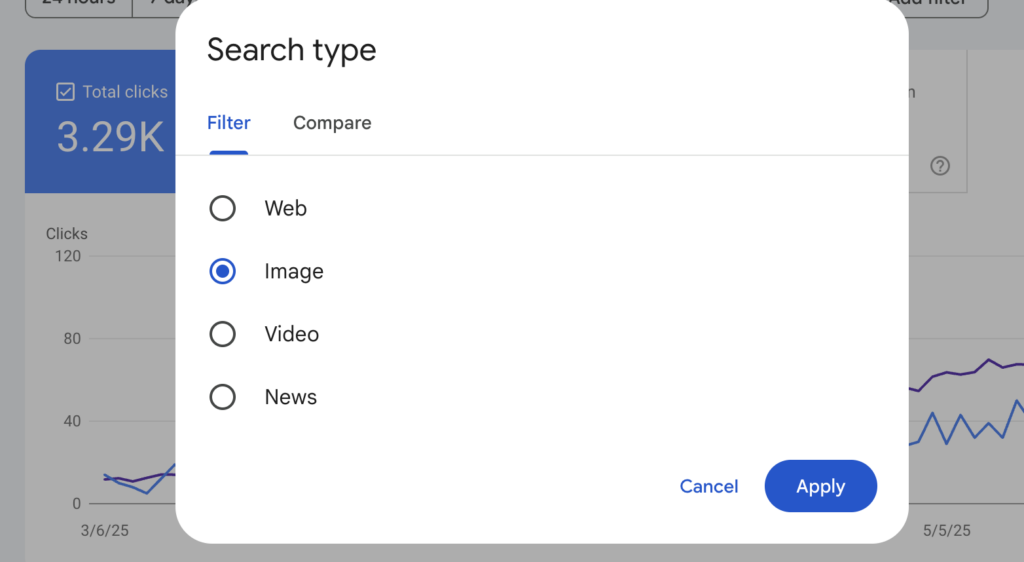
Great visuals deserve great follow-through. Once your images are live, use Google Search Console to filter by image and see what’s actually driving clicks. Track whether your visuals are showing up in image search, earning engagement, or contributing to conversions. Tools like SEMrush can help you spot rising visual SERP feature trends in your niche so you’re staying ahead of the curve. Treat your visuals like any other SEO element: test, measure, adjust, repeat.
Don’t sleep on image SEO
You don’t need to be a designer to improve your image SEO, but it is important to avoid the assumption that stock photos are doing enough. If you’re already putting in the work for the copy, it’s worth matching that effort with strategic, well-placed visuals. They’re a bigger part of your SEO success than you might think.
To take the next step, revisit a few of your top-performing blogs and take a look at the images you’ve used. Are they helping or just filling space? Small upgrades here can lead to new ranking opportunities, better engagement, and a more credible user experience.
If you want a second opinion, let’s talk. We help brands like yours create content that performs across the board.
You might also like:


